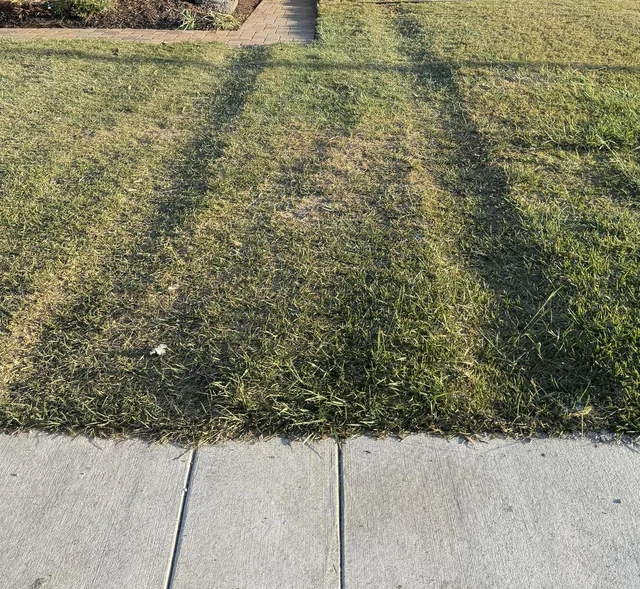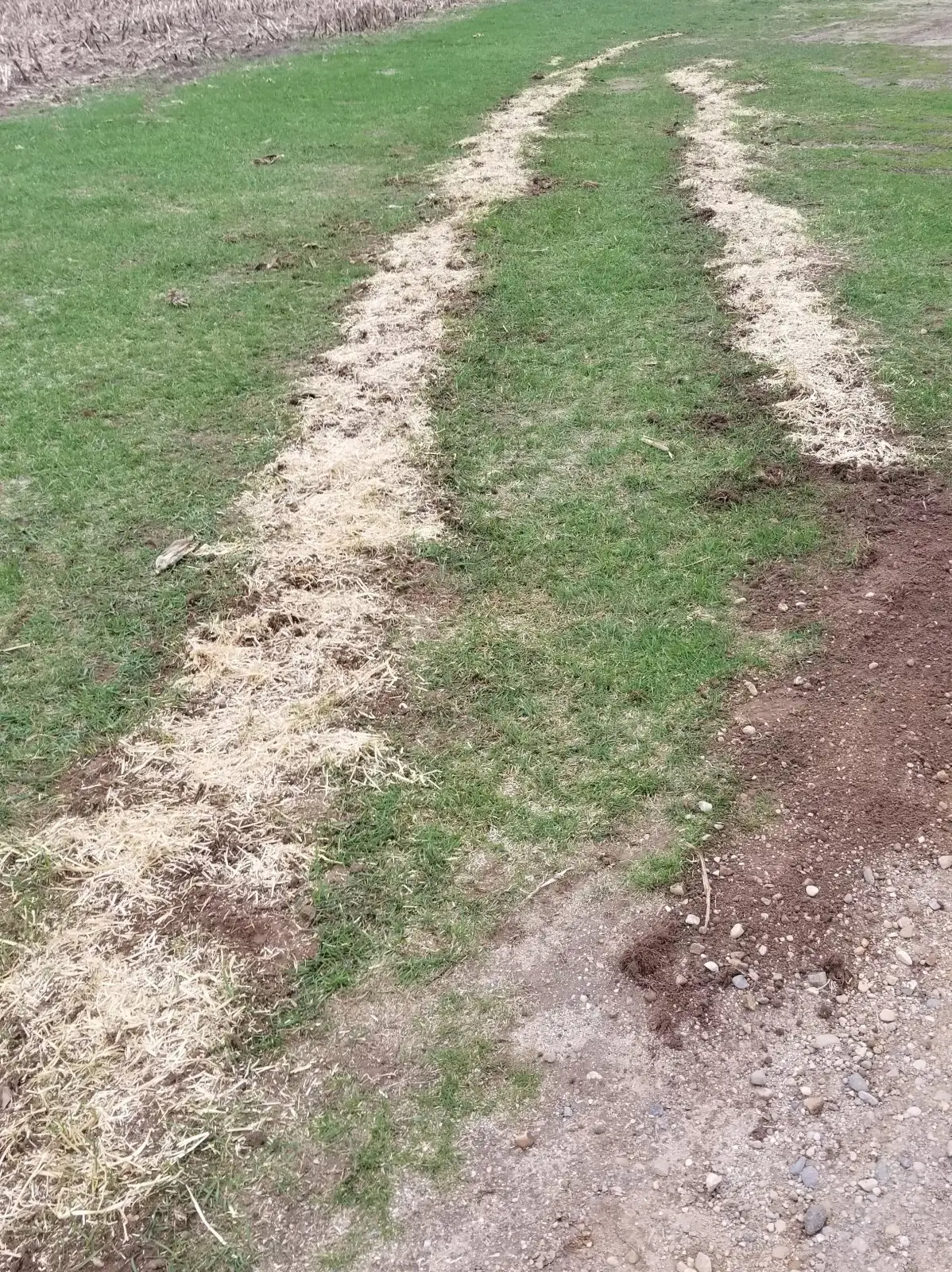How to Fix Lawn Ruts From Heavy Equipment or Vehicles
By Innovation Grounds
A beautiful lawn can be easily damaged by heavy equipment or vehicles, especially during wet or soft soil conditions. The deep grooves—known as lawn ruts—are not only unsightly but can also disrupt your grass growth and drainage. Fortunately, with the right tools and a bit of effort, you can repair lawn ruts effectively and bring your yard back to life.
In this guide, we’ll walk you through how to fix lawn ruts caused by heavy machinery or vehicles with DIY lawn repair techniques that are easy and cost-effective.
What Are Lawn Ruts and Why Do They Happen?
Lawn ruts are indentations or grooves in your yard, often caused by the repeated weight of vehicles like trucks, construction equipment, or even riding mowers on soft or saturated ground. These ruts compress the soil, damaging grass roots and preventing proper drainage.
If left untreated, lawn ruts can:
Kill grass due to soil compaction
Cause water pooling and poor drainage
Create tripping hazards and uneven surfaces
Tools & Materials You’ll Need
Before you begin the lawn rut repair, gather these supplies:
Garden fork or spade
Topsoil or compost
Grass seed or sod
Rake
Watering can or hose
Lawn roller (optional but helpful)
Sand (for very deep ruts or clay soil)

Bonus Tip: Preventing Future Lawn Ruts
The best way to avoid having to fix lawn ruts repeatedly is to prevent them in the first place. Here’s how:
Use plywood boards or planks to distribute vehicle weight
Avoid driving on wet, soft ground
Create designated paths for heavy machinery
Aerate your lawn annually to keep soil healthy and loose
Use lighter equipment when possible

Final Thoughts
Knowing how to fix lawn ruts from heavy equipment or vehicles is essential for maintaining a healthy and beautiful yard. Whether your ruts are shallow or deep, following these DIY lawn repair steps will help you restore your lawn’s level surface, promote better grass growth, and prevent future damage.
By acting quickly and using the right methods, your lawn can bounce back and look as good as new—even after a visit from a dump truck or construction crew.


